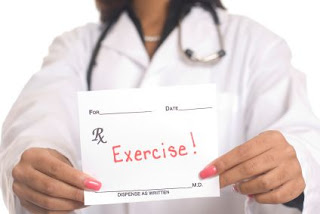In follow up from my recent blog on the Home VO2max text, let’s now talk about resting VO2, which is the amount of oxygen we consume at rest per kilogram of body weight per minute, and therefore a measure of basal (resting) metabolism. This blog post is a little heavy in the math details, but trust me, well worth it to understand for anyone who struggles with their weight, and for any health care professional who cares for people with obesity. Read on!
There are many things that affect resting VO2, including:
- Age (resting VO2 decreases with age)
- lean body mass (resting VO2 is higher with more muscle)
- higher Body Mass Index (BMI) – resting VO2 decreases with higher BMI. In other words, people with obesity may have a lower resting VO2, and this gets lower with more excess body weight. This is due to a number of factors, including genetics, sympathetic nervous system tone, and also because fat tissue is less metabolically active per kg.
-
- Light activity: less than 3 METs
- Moderate activity: 3-6 METs
- Vigorous activity: 6 METs or more
- walking at 4 miles per hour is about 3-5 METs (moderate activity)
- shovelling dirt or light snow is 5-7 METs
- jogging at 5mph is about 7-9 METs
- shovelling heavy snow or playing squash is 9 METs or more
Therefore, attention health care professionals: When helping a patient with creation of an exercise prescription, it is important to listen to your patient (as always!), and understand what kind of activity gives them what level of perceived exertion – you may need to start the exercise prescription for your patient with weight struggles at a lower level of activity. Most exercise prescriptions start with a moderate level of exertion, so for example, if walking at 2mph gives your patient a sense of moderate exertion, this would be where the exercise prescription would start, and you and your patient can build upwards from there.
If you are personally thinking about embarking on an exercise program, be sure to speak with your health care professional to see if any health checks need to be done before you begin. When you and your health care professional are ready for you to begin, use this awesome METs compendium to find something fun – the choices are endless!












